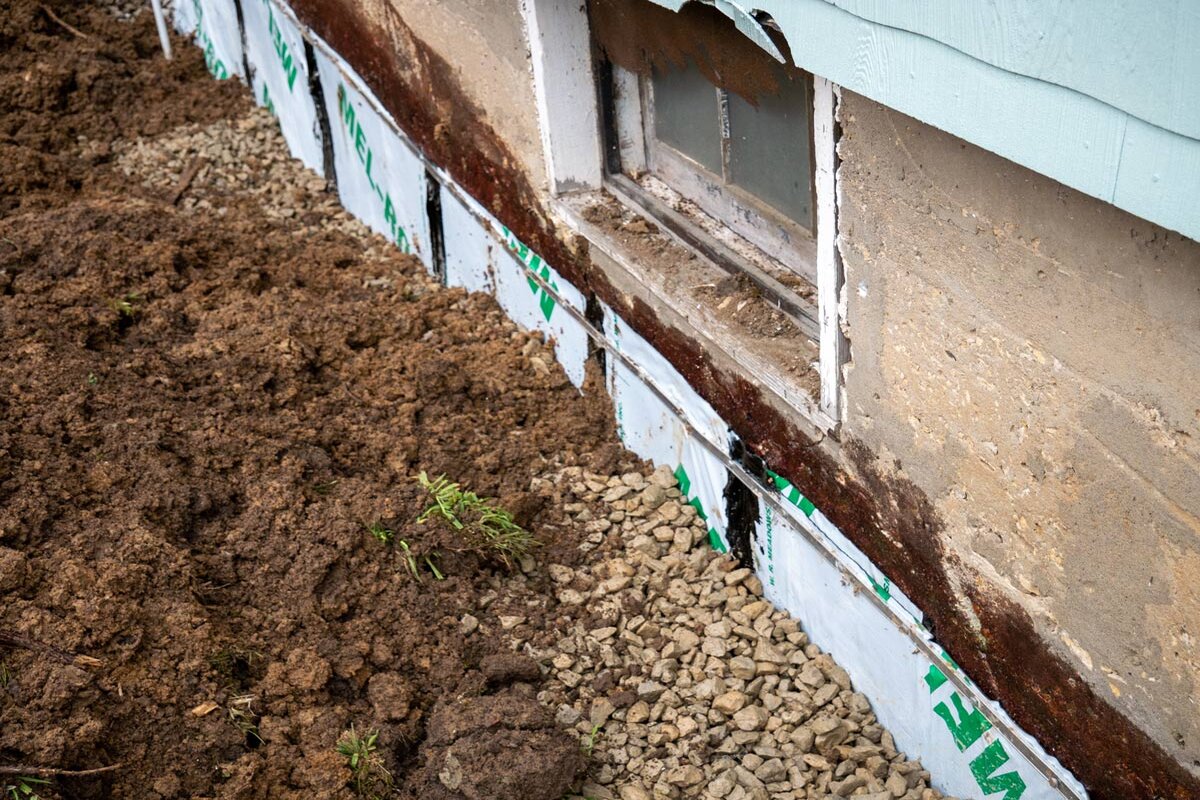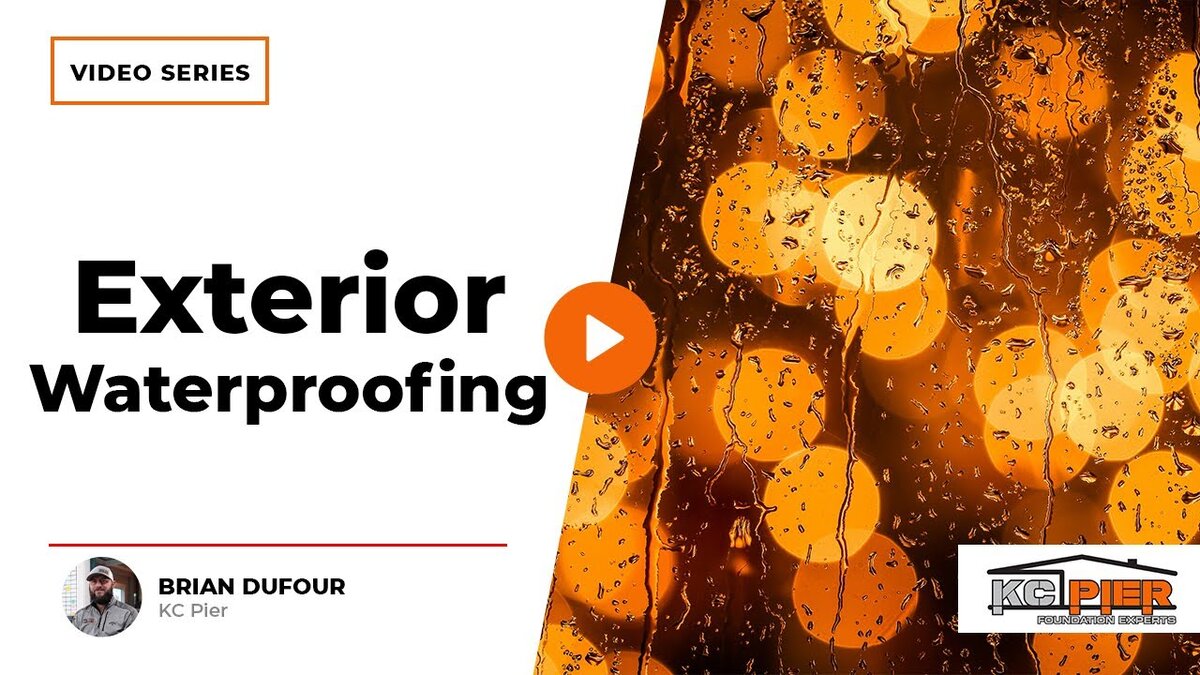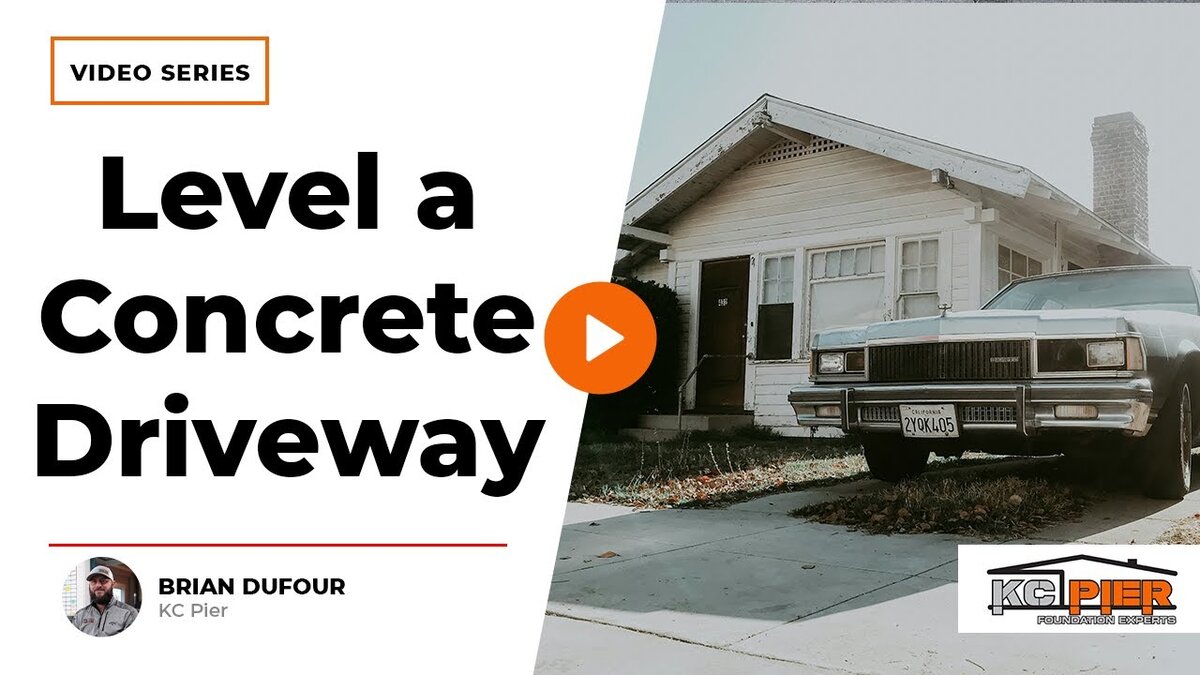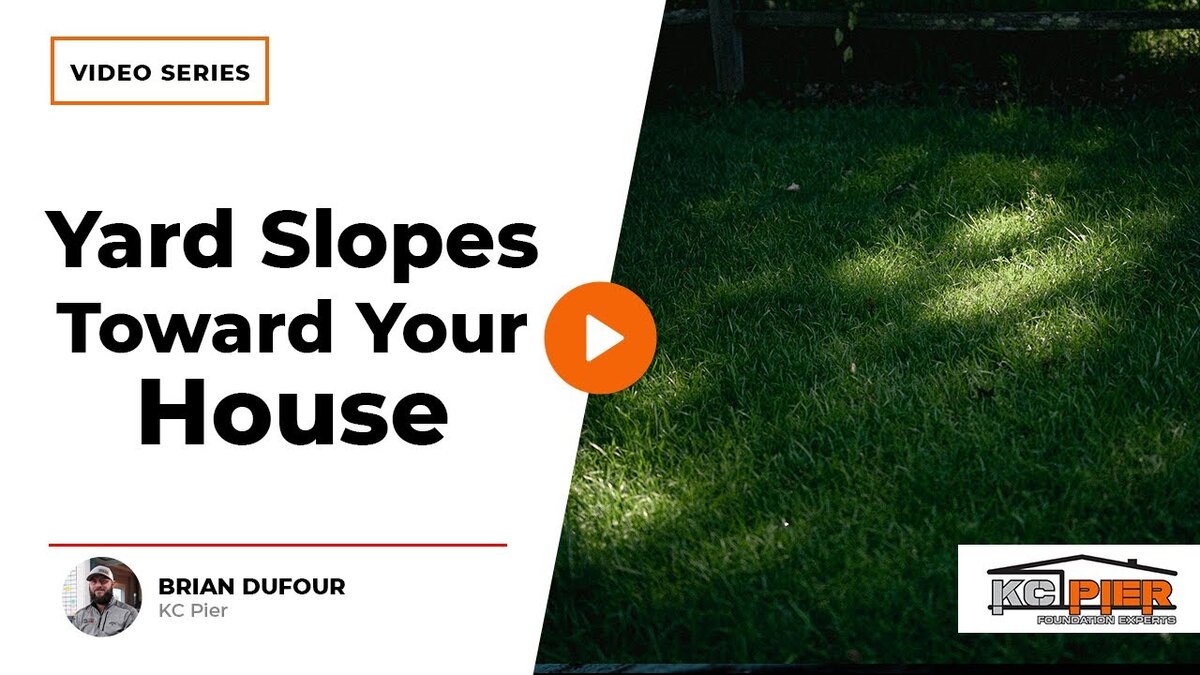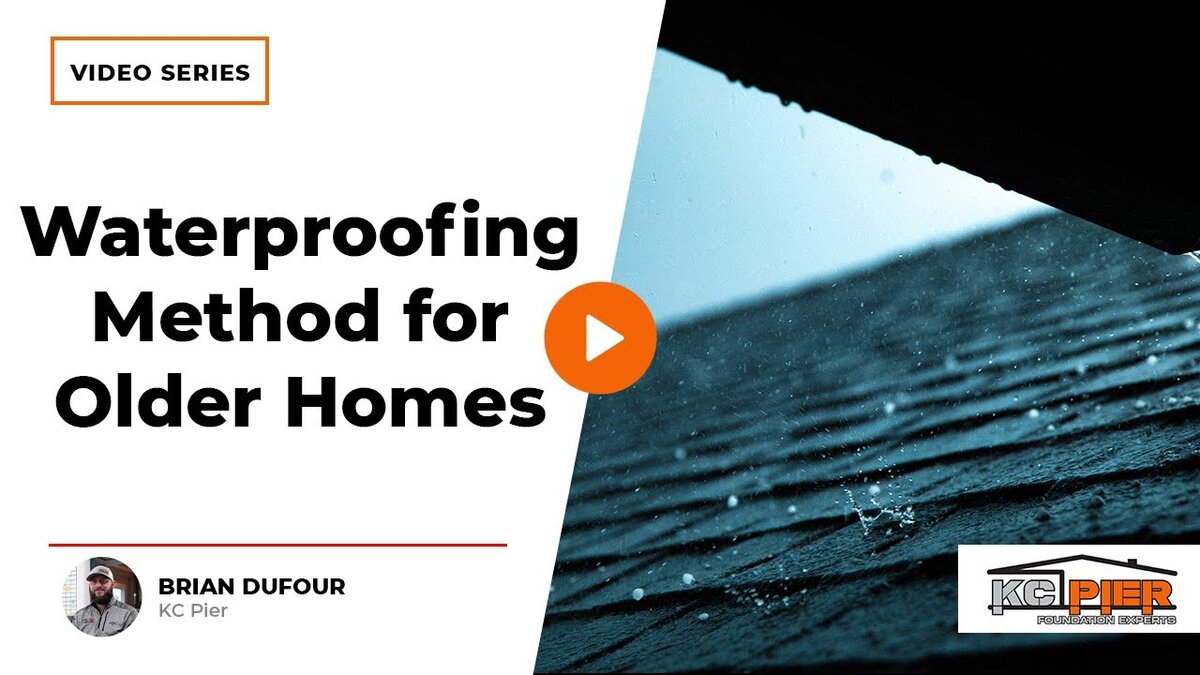Older homes have a lot of character, but they also come with challenges—especially when it comes to basement waterproofing. Aging foundations, outdated construction methods, and years of wear can make these homes more vulnerable to water intrusion. Choosing the right waterproofing method is essential to keep your basement dry and protect your home’s structure.
This guide covers the best waterproofing solutions for different foundation types, including poured concrete, stone, and cinder block, along with key steps to manage moisture effectively.
Foundation Types in Older Homes
The foundation type of an older home significantly influences the appropriate waterproofing approach. Common foundation types include poured concrete walls, stone walls, and cinder block (concrete masonry unit) walls. Each presents distinct challenges and requires tailored solutions.
Waterproofing Poured Concrete Foundation Walls
Poured concrete foundations are relatively straightforward to waterproof due to their continuous structure, which offers fewer entry points for water. The process typically involves:
- Interior Sealants: Applying sealants to interior walls can help prevent moisture seepage. However, this method is generally more effective for minor dampness and may not suffice for significant leaks.
- Exterior Waterproofing: This involves excavating around the foundation to apply a waterproof membrane on the exterior walls, effectively preventing water from penetrating. While more invasive and costly, it’s a thorough solution that addresses the problem at its source.
- Drainage Systems: Installing proper drainage, such as French drains, can help redirect water away from the foundation, reducing hydrostatic pressure and the risk of leaks.
Managing Water Intrusion in Stone Foundation Walls
Stone foundations, common in many historic homes, present unique challenges due to their irregular surfaces and mortar joints. Traditional waterproofing methods may not be effective; instead, water management strategies are employed:
- Interior Drainage Systems: Installing an interior drainage system involves breaking out a section of the basement floor around the perimeter, typically 12 to 14 inches wide. A 4-inch perforated PVC pipe is placed at the base, encased in gravel, and connected to a sump pump. Above this, a “pool drain” (a 2-inch drain tile similar to those used in swimming pools) is installed just below the basement floor level to collect water seeping through the stone walls and direct it to the sump pump.
- Sump Pumps: Essential for managing water collected by the drainage system, sump pumps expel water away from the home’s foundation, preventing accumulation and potential damage.
Addressing Moisture in Cinder Block (CMU) Foundation Walls
Cinder block foundations are hollow, making them prone to water accumulation within the blocks. Effective waterproofing involves:
- Interior Drainage with Weep Holes: Similar to stone foundations, an interior drainage system is installed by excavating a portion of the basement floor. Additionally, small holes are drilled into the bottom course of the cinder blocks to allow trapped water to drain into the system, relieving pressure and preventing water from seeping through the walls.
- Exterior Waterproofing: Applying a waterproof coating to the exterior of cinder block walls can prevent water infiltration. This method often requires excavation and is most effective when combined with proper exterior drainage solutions.
Importance of Professional Assessment
Determining the most effective waterproofing method for older homes requires a thorough understanding of the specific foundation type and existing conditions. Professional assessment ensures that the chosen solution addresses the root cause of water intrusion, providing long-term protection for your home.
In Summary
Choosing the right waterproofing method for older homes is essential to maintaining their integrity and charm. Each foundation type—whether poured concrete, stone, or cinder block—requires a tailored approach to manage water intrusion effectively. By implementing the appropriate solutions, such as interior drainage systems, exterior waterproofing, or a combination of both, we can ensure these historic structures remain functional and dry for years to come.
If you’re dealing with basement water issues in your older home, contact us today. Our team of experts will assess your specific needs and recommend the best waterproofing method for older homes to keep your basement dry and your home well-protected.


